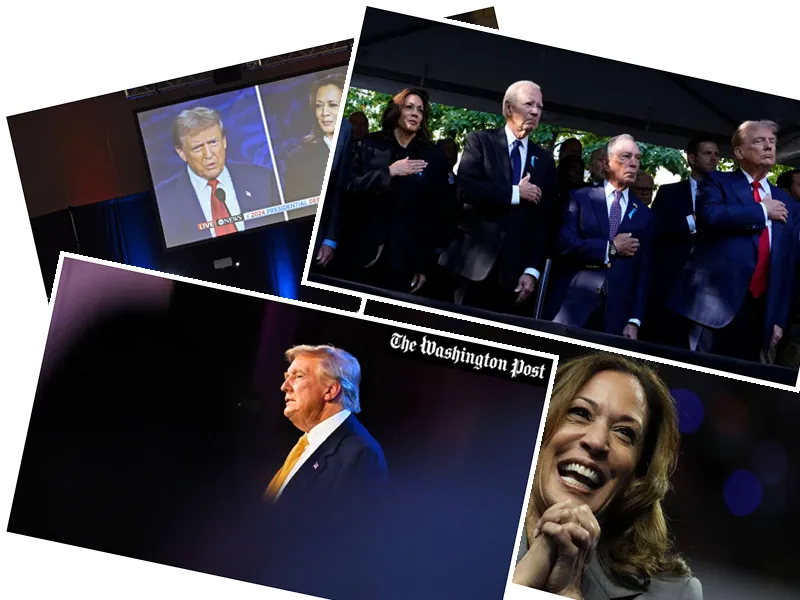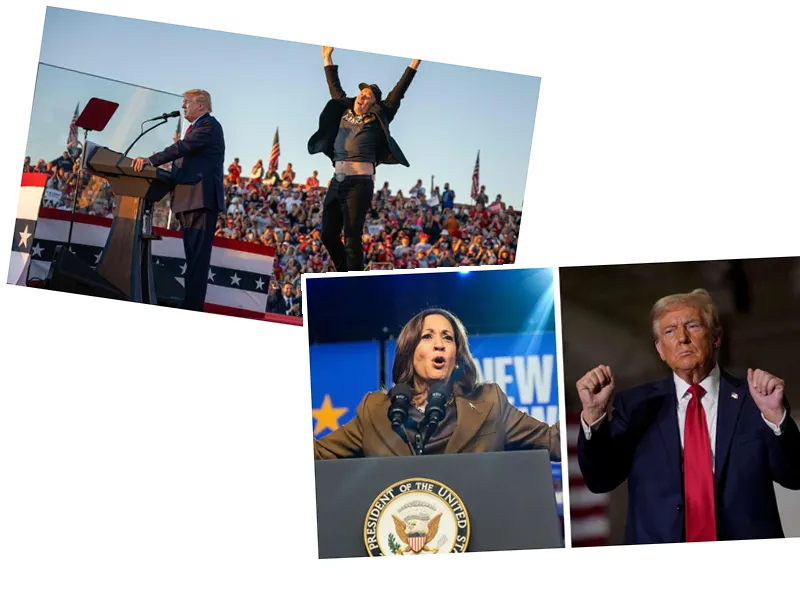The election is characterized by a highly polarized electorate and significant voter turnout, which could lead to unexpected results.
The impact of early voting is crucial, as it allows candidates to gauge support and adjust strategies leading up to Election Day.
Third-party candidates could play a pivotal role in influencing the outcome by drawing votes away from the main candidates.
If voter turnout mirrors previous elections, Trump may benefit from higher engagement among less educated male voters, while Harris could gain from mobilized young and female voters disillusioned with conservative policies.
Polling inaccuracies could lead to surprises on Election Day, especially if a significant number of voters are undecided or change their minds last minute.
The U.S. presidential election on November 5th is poised to be one of the closest in history, with early voting already underway in many states. President Joe Biden cast his early ballot in Delaware, although he has largely stepped back from campaigning as Vice President Kamala Harris leads the Democratic charge against former President Donald Trump. With nearly 43 million Americans having already voted early, the stakes are high as both candidates vie for crucial swing states that could determine the outcome.
Polling data reveals a tight race, with seven swing states being critical to securing the necessary 270 electoral votes for victory. Experts suggest that the election is essentially a 50:50 scenario, with various factors influencing voter turnout and preferences. Nate Silver, a prominent statistician, emphasizes the unpredictability of the race, particularly highlighting the potential impact of third-party candidates on both Trump and Harris's chances.
Both candidates have unique challenges: Trump relies on swing voters, particularly less educated males, while Harris must galvanize young voters and women disillusioned by recent Supreme Court decisions. The potential for third-party candidates to siphon votes from the main contenders adds another layer of complexity to the election dynamics.





